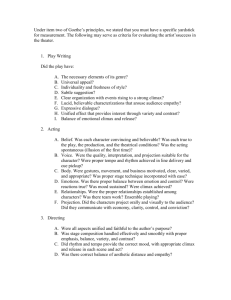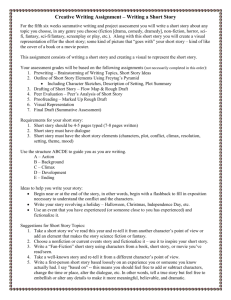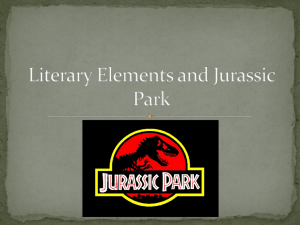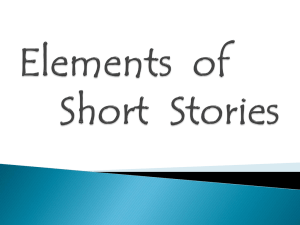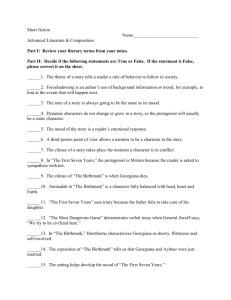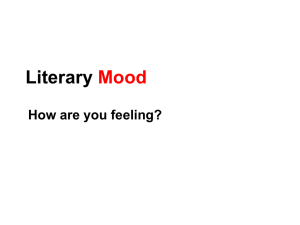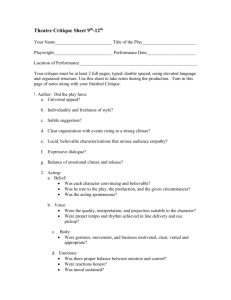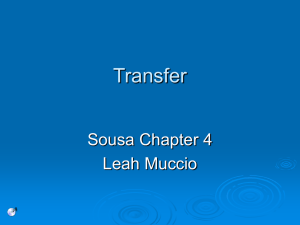it used to be green no media
advertisement
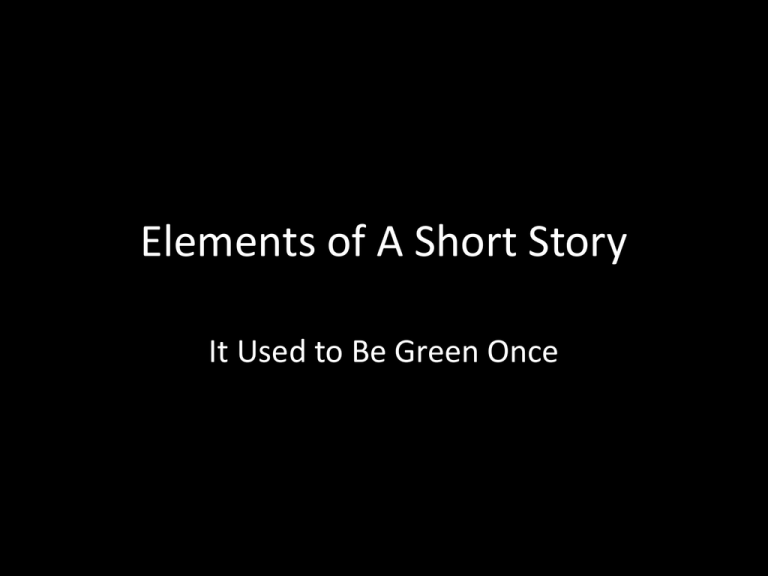
Elements of A Short Story It Used to Be Green Once Setting and Mood • SETTING -- The time and location in which a story takes place is called the setting. For some stories the setting is very important, while for others it is not. There are several aspects of a story's setting to consider when examining how setting contributes to a story (some, or all, may be present in a story): • a) place - geographical location. Where is the action of the story taking place? • b) time - When is the story taking place? (historical period, time of day, year, etc) • c) weather conditions - Is it rainy, sunny, stormy, etc? • d) social conditions - What is the daily life of the characters like? Does the story contain local colour (writing that focuses on the speech, dress, mannerisms, customs, etc. of a particular place)? • e) mood or atmosphere - What feeling is created at the beginning of the story? Is it bright and cheerful or dark and frightening? Setting and Mood in It Used to Be Green Once Setting: Outside Auckland, New Zealand in presumably a Maori village. • Why might you think it’s a Maori village? Can you find the section near the end of the story that tells us that? The Mood • What do you think the mood of the story is? Why do you think so? How does it make you feel? The Mood • What do you think the mood of the story is? Why do you think so? How does it make you feel? The mood is calm, but a little sad as the narrator tells us about how poor their family is and how they are constantly “shamed” by their mother, which is representative of their level of poverty. The Plot • The plot is how the author arranges events to develop their basic idea; It is the sequence of events in a story or play. The plot is a planned, logical series of events having a beginning, middle, and end. There are five essential parts of plot: • a) Introduction - The beginning of the story where the characters and the setting is revealed. • b) Rising Action - This is where the events in the story become complicated and the conflict in the story is revealed. • c) Climax - This is the highest point of interest and the turning point of the story. The reader wonders what will happen next; will the conflict be resolved or not? • d) Falling action - The events and complications begin to resolve themselves. (events between climax and denouement). The Climax in 3 Parts: 1) the main character receives new information 2) accepts this information (realizes it but does not necessarily agree with it) 3) acts on this information (makes a choice that will determine whether or not he/she gains his objective). e) Denouement - This is the final outcome or untangling of events in the story. It Used to Be Green Once • Introduction – First page and specifically first paragraph where we learn that the girls are poor and are from New Zealand in a small village (specifically poor clothes, Auckland, shaming). • Rising Action - Where mom gets the car and the narrator tells us their suffering was, “nothing to what we suffered because of the car”. (pg 3) Climax • Mom’s car meets the school bus and the kids start to walk home. Their father wins the lottery and they buy a new car. • Why is this the Climax? Which one or more doe this represent? 1) the main character receives new information 2) accepts this information (realizes it but does not necessarily agree with it) 3) acts on this information (makes a choice that will determine whether or not he/she gains his objective). Falling Action • They get a new car and mom is able to buy groceries for everyone in the village and take them to the store. • The children get new clothes. • The father got a new cowshed • The old car is taken to the dump. Denouement • What do you think this is? Why do you think so? Overall Message of the Story • Short stories usually have a pointed message and try to tell us some sort of moral. • What do you think the moral of this story is? What is the author trying to tell us? Themes defined as a main idea or an underlying meaning of a literary work that may be stated directly or indirectly. A major theme is an idea that a writer repeats in their work, making it the most significant idea in a literary work. A minor theme, on the other hand, refers to an idea that appears in a work briefly and gives way to another minor theme. Themes and Main Ideas • Themes: Poverty (money is not everything as family overcomes things that get old and worn down – Green Car). • Young people are teased for looking different and having less of the ‘good things’ • Moral: Family is more important than money. Be happy with what you have.
